

Articles
How To Store Meat In The Wild
Modified: January 6, 2024
Learn how to properly store meat in the wild with our informative articles. Find practical tips and techniques for keeping your meat fresh and safe.
(Many of the links in this article redirect to a specific reviewed product. Your purchase of these products through affiliate links helps to generate commission for Storables.com, at no extra cost. Learn more)
Introduction
When venturing into the wild, whether for camping, hiking, or hunting, it’s essential to be prepared and knowledgeable about various survival techniques. One critical aspect is understanding how to store meat in the wild properly. The ability to preserve meat ensures a safe and sustainable food source, even in remote locations.
When it comes to storing meat in the wild, there are several factors to consider to ensure the longevity and safety of the meat. Temperature conditions, surrounding environment, potential predators and scavengers, and proper preparation techniques are all crucial elements to take into account.
Storing meat in the wild serves multiple purposes. Firstly, it allows you to make the most of your hunting efforts, ensuring that no part of the animal goes to waste. Additionally, it provides a reliable source of food for an extended period, eliminating the need for frequent hunting and reducing the risk of food scarcity in the wilderness. Storing meat properly also minimizes the risk of contamination and spoilage, keeping you healthy and nourished during your outdoor adventures.
In this article, we will explore the various factors to consider before storing meat in the wild, as well as the best practices and techniques to ensure successful preservation. Whether you’re an experienced outdoorsman or a novice camper, this guide will equip you with the knowledge and skills necessary to safely store meat in the wild.
Key Takeaways:
- Properly storing meat in the wild involves assessing temperature, preparing the meat, choosing the right storage method, and following best practices to ensure safe and sustainable food during outdoor adventures.
- Alternative techniques like smoking, curing, and making jerky can enhance meat preservation, adding unique flavors and textures to wilderness dining experiences.
Read more: How To Store Wild Mushrooms
Factors to Consider Before Storing Meat in the Wild
Before you can effectively store meat in the wild, there are several crucial factors that need to be taken into consideration. These factors help ensure that the meat remains safe for consumption and protected from spoilage. Let’s explore these considerations in detail:
Assessing the temperature conditions: Temperature plays a significant role in meat preservation. It is essential to assess the ambient temperature of your surroundings to determine the appropriate storage method. If the temperature is low, such as during the winter months, hanging the meat in a well-ventilated area may be sufficient. However, in hotter climates, additional measures may need to be taken, such as building a makeshift cooler or utilizing natural resources like running water to keep the meat cool.
Evaluating the surrounding environment: The environment in which you are storing the meat can also impact its preservation. Consider factors such as humidity levels, exposure to sunlight, and the presence of insects or other pests. High humidity can accelerate spoilage, so it’s crucial to find a dry and well-ventilated area. Excessive exposure to sunlight can lead to bacterial growth, so opt for a shaded location. Take precautions to protect the meat from insects and pests by using breathable bags or hanging the meat out of reach.
Identifying potential predators and scavengers: In the wild, there are often other creatures that may be attracted to the scent of meat. It’s vital to identify potential predators and scavengers in your area and take steps to protect the stored meat from them. This may involve hanging the meat high up in a tree or suspending it from a sturdy structure out of their reach. Additionally, be aware of any local regulations regarding the storage of meat to avoid attracting wildlife or causing conflicts with local fauna.
By carefully assessing temperature conditions, evaluating the surrounding environment, and identifying potential predators and scavengers, you can take the necessary precautions to ensure the successful storage of meat in the wild. These factors will help you determine the most suitable storage method and minimize the risk of spoilage or contamination, ensuring a safe and sustainable food source during your outdoor adventures.
Preparing the Meat for Storage
Properly preparing the meat for storage is essential to maintain its quality and prevent bacterial growth. It involves several steps that should be followed meticulously. Here are the key points to consider:
Properly field-dressing the animal: Field-dressing should be done as soon as possible after hunting to ensure the freshness and quality of the meat. This process involves removing the internal organs of the animal, such as the heart, liver, and intestines. It is crucial to do this with care to avoid puncturing or contaminating the meat with any bacteria from the organs.
Removing organs and entrails: After field-dressing, the organs and entrails should be properly disposed of to avoid attracting predators or contaminating the meat. Dig a hole away from your storage area and bury these waste materials at least 200 feet away from any water sources or camping areas. This helps prevent the spread of bacteria and potential contamination of the environment.
Keeping the meat clean and free from contaminants: Before storing the meat, ensure that it is clean and free from any contaminants. Use clean water, if available, to rinse off any dirt, debris, or blood. Pat the meat dry with clean cloth or paper towels. Avoid using detergents or strong chemicals as they may affect the taste and safety of the meat. Keeping the meat clean minimizes the risk of bacterial growth and ensures its quality during storage.
By properly field-dressing the animal, removing organs and entrails, and keeping the meat clean and free from contaminants, you lay the foundation for successful meat storage in the wild. These steps help prevent bacterial growth, maintain the meat’s freshness, and ensure safe consumption when the time comes to enjoy your well-preserved wild game.
Choosing the Right Storage Method
Choosing the right storage method is crucial for preserving meat in the wild. The method you select will depend on various factors, including the available resources, temperature conditions, and the length of time you need to store the meat. Here are three common methods to consider:
Hanging the meat: Hanging the meat is a traditional and effective way to store it in cooler temperatures. Find a sturdy tree branch or beam and use ropes or cords to hang the meat from it. Make sure the meat is well-ventilated and protected from predators and insects. Hanging allows air to circulate around the meat, helping to dry it and prevent spoilage. Regularly check the meat for any signs of spoilage or mold and adjust the height if needed to maintain proper airflow.
Building a makeshift cooler: If you are in a hotter climate or need to store the meat for an extended period, building a makeshift cooler can be an effective solution. Find a shaded area and construct a structure using natural materials such as rocks, logs, and branches. Line the inside with insulating materials like grass, leaves, or moss. Place the meat on a raised platform, ensuring it is elevated from the ground. Cover the structure with a tarp or additional insulating materials to create a cooler environment, helping to regulate the temperature and keep the meat fresh.
Utilizing natural resources for preservation: In some cases, you may be able to take advantage of natural resources for meat preservation. If you are near a stream or river, consider submerging the meat in a sealed bag or container and securing it in a spot where it will stay submerged. The cold water helps maintain a low temperature and can effectively preserve the meat for a short period. Another natural resource to utilize is snow or ice. Cover the meat with a layer of snow or ice, protecting it from direct sunlight. This method can be particularly useful in cold temperatures.
When choosing the right storage method, consider the temperature conditions, available resources, and the duration of storage required. By hanging the meat, building a makeshift cooler, or utilizing natural resources for preservation, you can ensure the long-lasting freshness and safety of your meat in the wild.
When storing meat in the wild, always keep it away from direct sunlight and at a safe distance from any potential predators. Use airtight containers or wrap it tightly in multiple layers of leaves to prevent spoilage.
Tools and Supplies Needed for Meat Storage
Proper meat storage in the wild requires a few essential tools and supplies to ensure the meat remains fresh, protected, and safe for consumption. Here are the key items you will need:
Rope or cord for hanging: Hanging the meat is a common method for storage. You will need a strong and durable rope or cord to suspend the meat from a tree branch or other sturdy structure. Choose a rope that can support the weight of the meat and withstand outdoor conditions.
Tarps or breathable bags for wrapping: Wrapping the meat helps to protect it from dust, dirt, insects, and other potential contaminants. Opt for tarps or breathable bags that allow airflow while keeping the meat covered. Make sure the material is durable and can withstand outdoor conditions. Avoid using plastic bags, as they can trap moisture and promote bacterial growth.
Coolers or insulated containers: If you plan to store meat for an extended period or in hotter climates, coolers or insulated containers are essential. These help regulate the temperature and keep the meat cool. Choose coolers that are well-insulated and have a tight seal to prevent air from entering or escaping. Consider using ice packs or frozen water bottles to help maintain a low temperature inside the cooler.
In addition to these primary tools and supplies, it’s also important to have a knife or multi-tool for field dressing and preparing the meat, as well as clean cloth or paper towels for drying the meat after cleaning. Keep in mind that the specific tools and supplies you need may vary depending on the storage method and environment you are in.
By having the necessary tools and supplies, including rope or cord for hanging, tarps or breathable bags for wrapping, and coolers or insulated containers for long-term storage, you can effectively preserve and protect your meat in the wild. These items are essential for maintaining the quality and safety of the meat during storage and ensuring a successful wild game experience.
Read more: How To Store Wild Onions
Best Practices for Storing Meat in the Wild
To ensure the successful preservation of meat in the wild, it is essential to follow best practices that will help maintain its quality and prevent spoilage. Here are some key practices to keep in mind:
Keeping the meat elevated and protected: When storing meat in the wild, it is crucial to keep it elevated from the ground to prevent contact with dirt, insects, and potential contaminants. Hanging the meat from a tree branch or suspending it from a sturdy structure using ropes or cords is an effective way to achieve this. By elevating the meat, you reduce the risk of spoilage and minimize contact with potential predators or scavengers.
Regularly checking and monitoring the storage area: It’s important to regularly check your meat storage area to ensure the meat remains in good condition. Inspect the meat for any signs of spoilage, such as discoloration, foul odors, or mold. Additionally, monitor the surrounding environment for any changes that may affect the meat, such as temperature fluctuations or increased pest activity. Address any issues promptly to prevent further spoilage or contamination.
Taking precautions to prevent spoilage and bacterial growth: Spoilage and bacterial growth can occur rapidly in the wild. To prevent this, keep the meat clean and dry, and avoid exposing it to direct sunlight for extended periods. If hanging the meat, ensure proper airflow and ventilation. If using a makeshift cooler, regularly check the ice and replenish as needed to maintain a low temperature. Avoid cross-contamination by keeping the meat separate from other food items and using separate tools for handling.
Additionally, it is essential to follow food safety guidelines and adhere to local regulations when storing meat in the wild. Properly cooking the meat before consumption is crucial to ensure any potential bacteria or parasites are eliminated.
By adhering to these best practices, including keeping the meat elevated and protected, regularly checking and monitoring the storage area, and taking precautions to prevent spoilage and bacterial growth, you can ensure the longevity and safety of your stored meat in the wild. These practices will help maintain the quality of the meat and provide you with a safe and nourishing food source during your outdoor adventures.
Alternative Techniques for Meat Preservation
Aside from traditional storage methods, there are alternative techniques for preserving meat in the wild that can enhance its flavor and extend its shelf life. These methods have been used for centuries and can be employed in various outdoor settings. Let’s explore three common alternative techniques for meat preservation:
Smoking the meat: Smoking meat is not only a preservation method but also a way to add an incredible flavor profile. The process involves exposing the meat to smoke from burning wood or other natural materials. The smoke acts as a natural preservative, inhibiting the growth of bacteria, while also imparting a smoky taste. This technique is particularly effective for preserving fatty cuts of meat like bacon or sausage. Properly smoked meat can be stored for extended periods and enjoyed in various dishes.
Curing and drying techniques: Curing involves the application of salt, sugar, and sometimes spices to the meat. This technique draws out moisture from the meat, inhibiting bacterial growth and preserving the flavors. After curing, the meat can be air-dried or dehydrated to remove additional moisture. The result is a cured and dried meat product that can be stored for extended periods without refrigeration. Cured meats such as prosciutto or beef jerky are popular examples of this preservation method.
Making jerky: Jerky is a well-known method of preserving meat, commonly used for camping, hiking, or other outdoor activities. Meat is thinly sliced, marinated, and then dried to remove the moisture. The dehydration process makes the meat less susceptible to spoilage while preserving its flavors. Jerky can be made from various meats and enjoyed as a protein-rich snack during outdoor adventures.
When employing these alternative techniques for meat preservation, it’s important to follow proper food safety guidelines and ensure the meat is adequately preserved and prepared. Each method may require specific equipment, such as smokers, curing agents, or dehydrators. Experimenting with these techniques can not only improve the longevity of your meat in the wild but also add unique flavors and textures to your culinary experience.
By embracing alternative techniques such as smoking, curing and drying, and making jerky, you can expand your skills in preserving meat and create delicious, long-lasting products that can be enjoyed during your wilderness expeditions.
Conclusion
In conclusion, knowing how to store meat in the wild is a valuable skill that ensures you have a safe and sustainable food source during your outdoor adventures. By following the methods and tips discussed in this article, you can successfully preserve and protect your meat in the wilderness.
We started by highlighting the factors to consider before storing meat, such as assessing temperature conditions, evaluating the surrounding environment, and identifying potential predators and scavengers. These considerations help you choose the most suitable storage method and minimize the risk of spoilage or contamination.
We then explored the importance of properly preparing the meat, including field-dressing the animal, removing organs and entrails, and keeping the meat clean and free from contaminants.
Choosing the right storage method is crucial, and we discussed three common options: hanging the meat, building a makeshift cooler, and utilizing natural resources for preservation. Each method has its advantages depending on the temperature conditions and duration of storage required.
Having the necessary tools and supplies, such as ropes or cords for hanging, tarps or breathable bags for wrapping, and coolers or insulated containers, is essential for effective meat storage. These items help protect the meat and ensure its freshness.
Furthermore, we highlighted the best practices for storing meat in the wild, which involve keeping the meat elevated and protected, regularly checking and monitoring the storage area, and taking precautions to prevent spoilage and bacterial growth. Following these practices ensures the meat remains safe for consumption and maintains its quality during storage.
Lastly, we discussed alternative techniques for meat preservation, such as smoking, curing and drying, and making jerky. These methods not only extend the shelf life of the meat but also add unique flavors and textures to enhance your wilderness dining experience.
In summary, proper meat storage in the wilderness is essential for ensuring a safe and sustainable food source. By considering the environmental factors, preparing the meat correctly, choosing the right storage method, following best practices, and exploring alternative preservation techniques, you can enjoy fresh and nutritious meat during your outdoor endeavors.
So, next time you venture into the wild, remember the importance of proper meat storage and apply the knowledge and skills shared in this article. Your well-preserved meat will not only nourish you but also add to the overall enjoyment of your wilderness experience.
Frequently Asked Questions about How To Store Meat In The Wild
Was this page helpful?
At Storables.com, we guarantee accurate and reliable information. Our content, validated by Expert Board Contributors, is crafted following stringent Editorial Policies. We're committed to providing you with well-researched, expert-backed insights for all your informational needs.
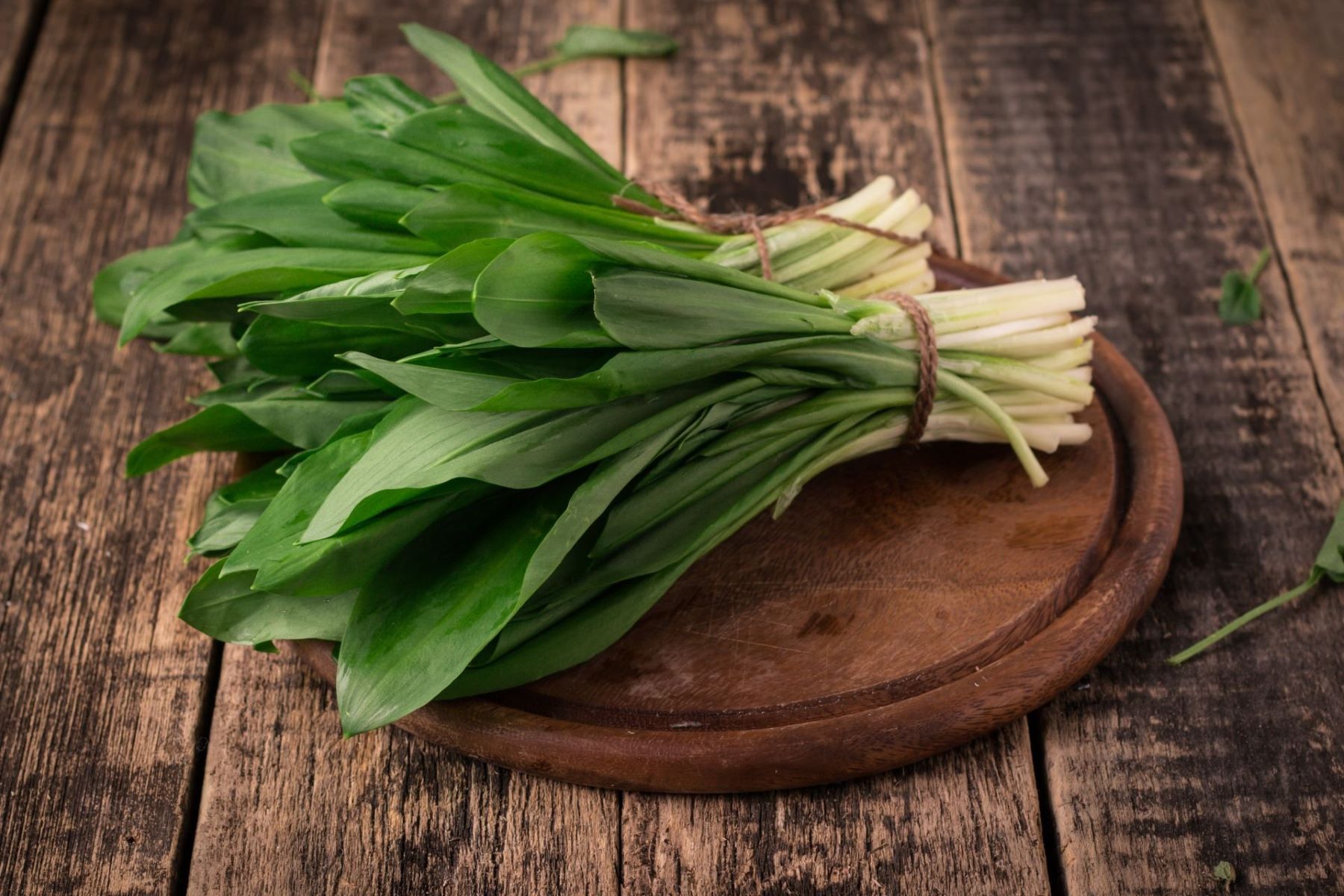
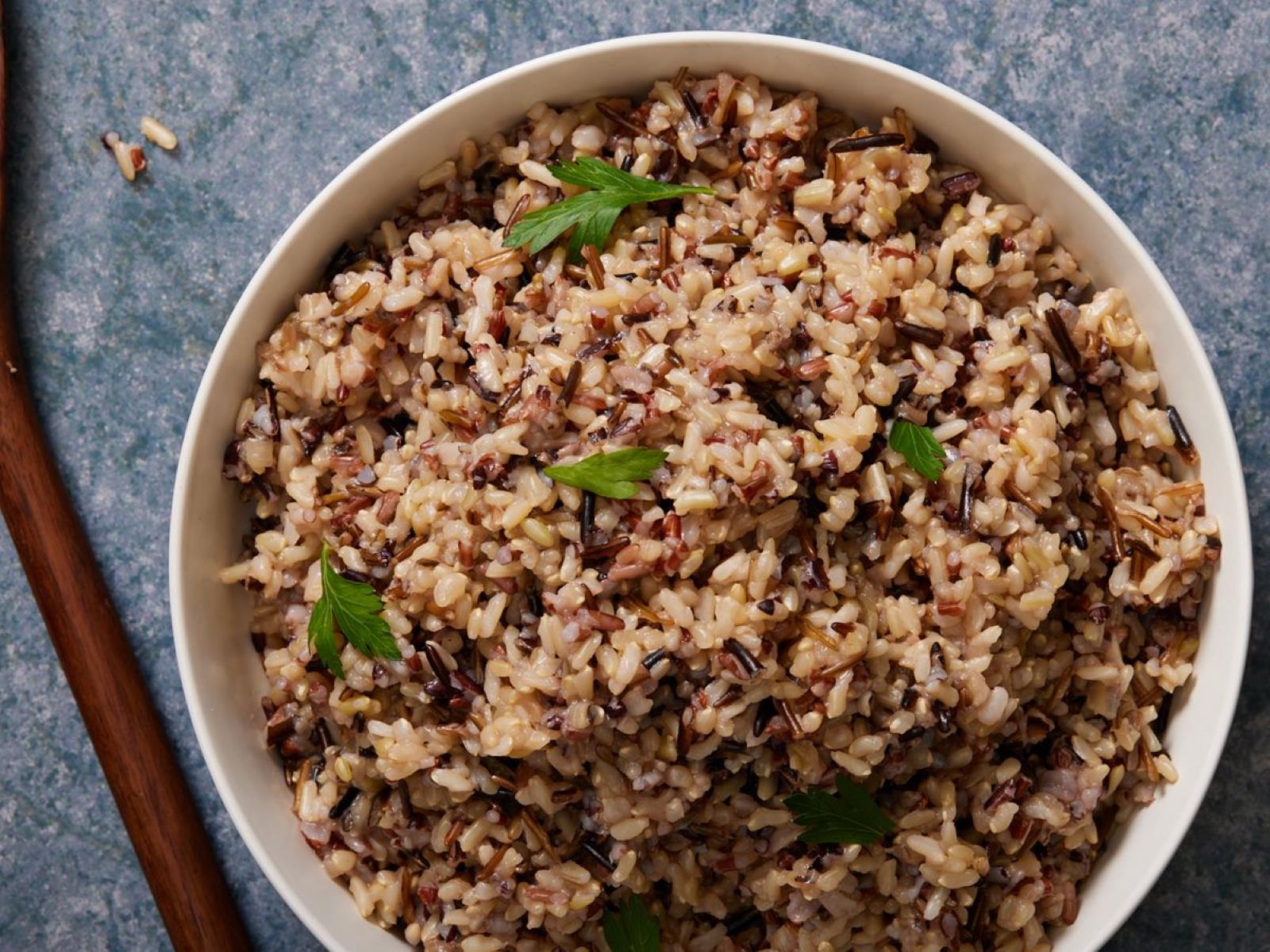
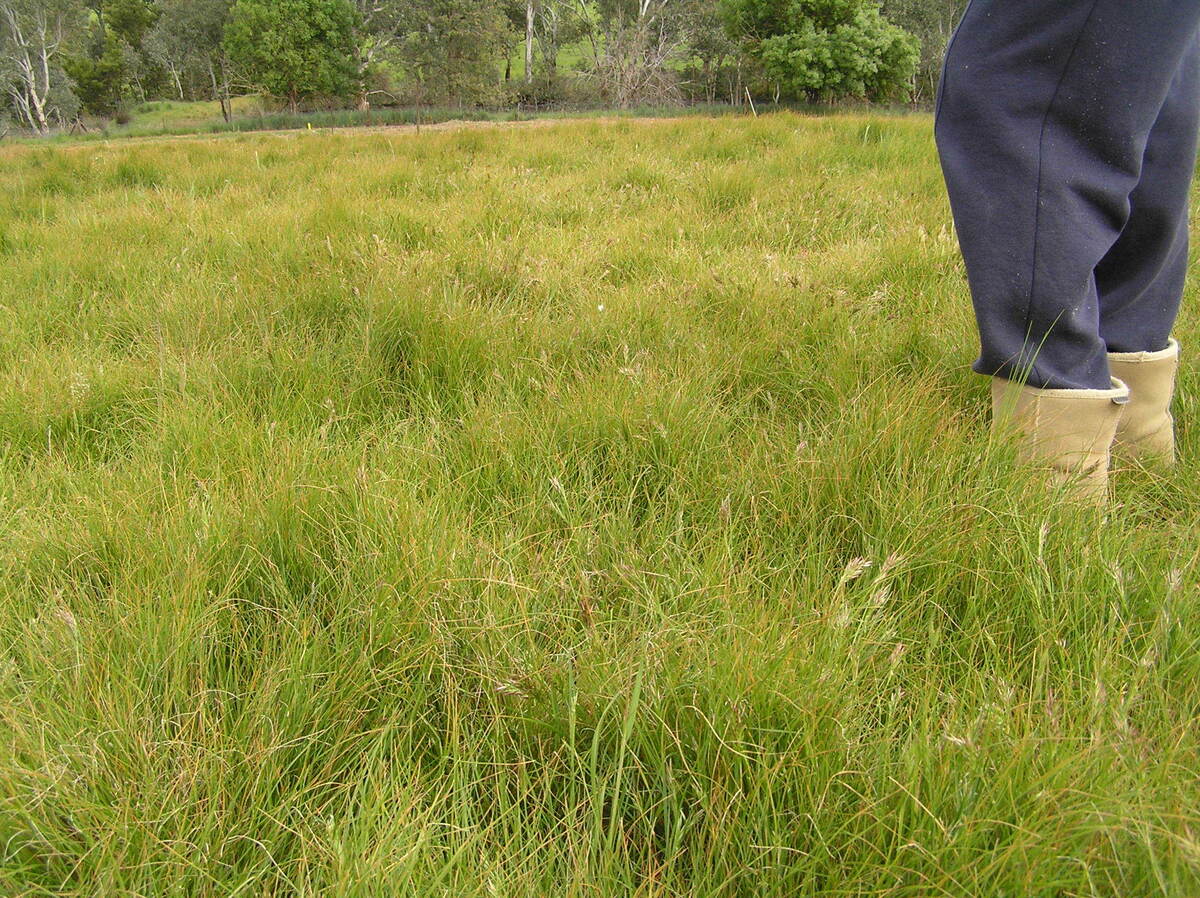


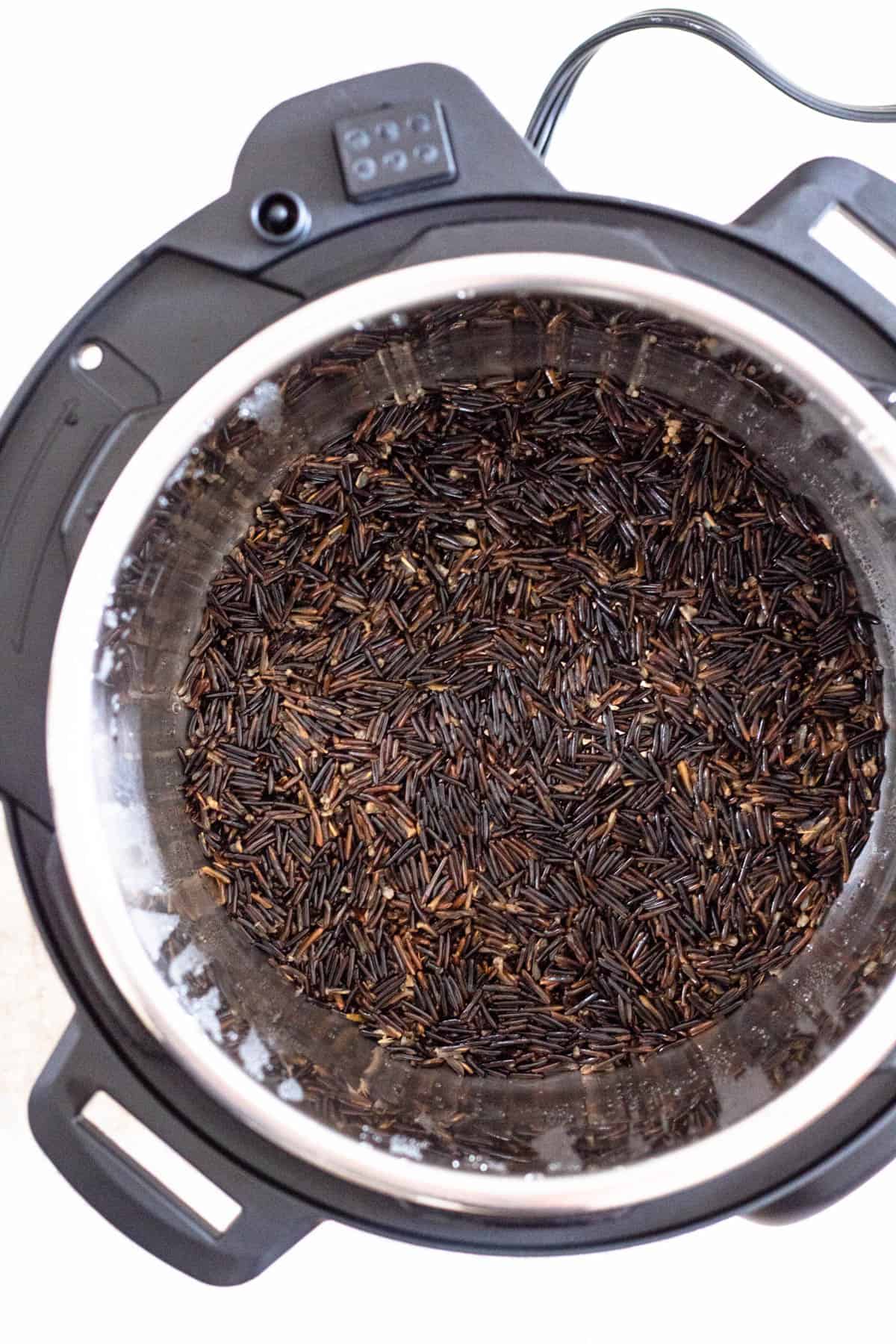
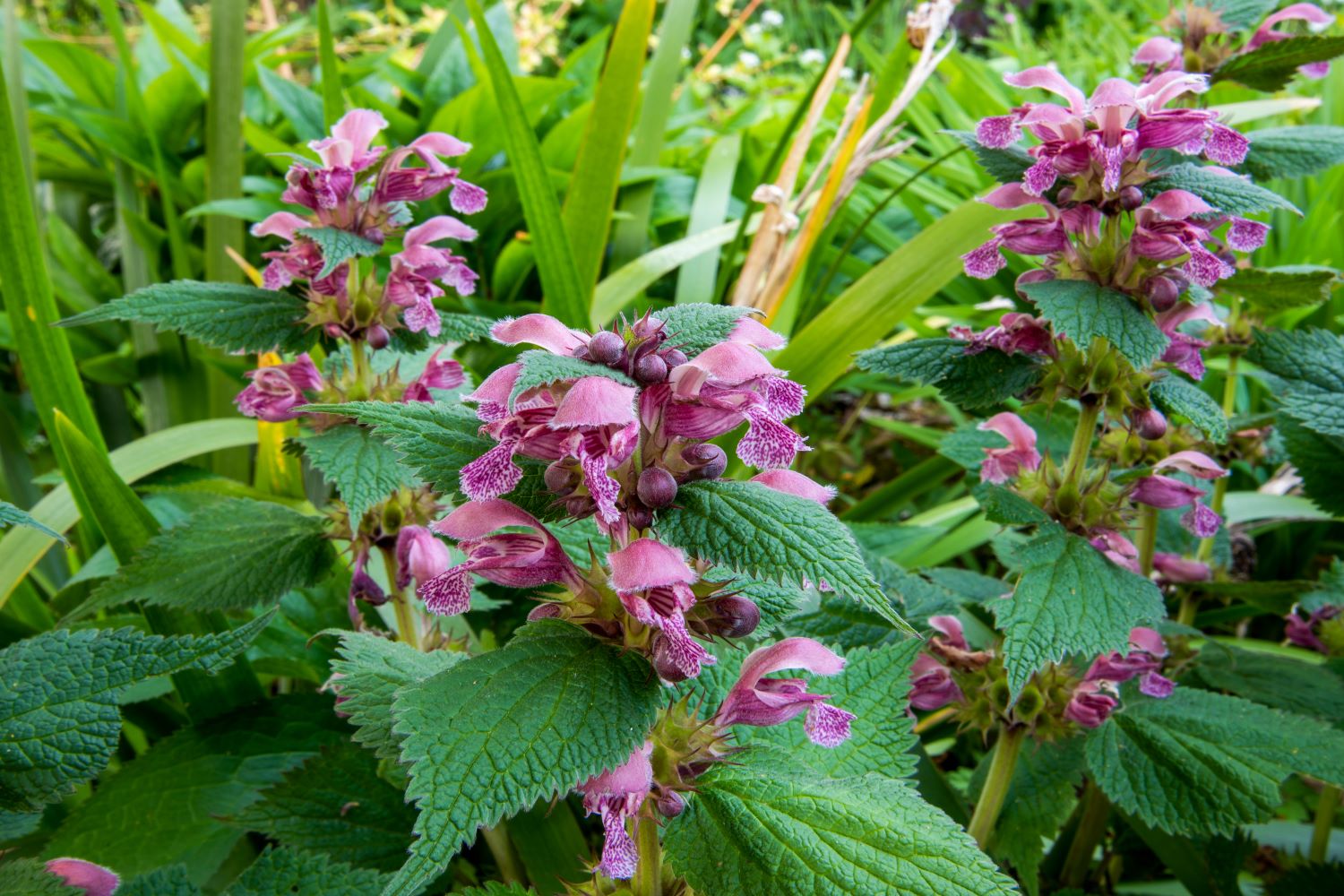
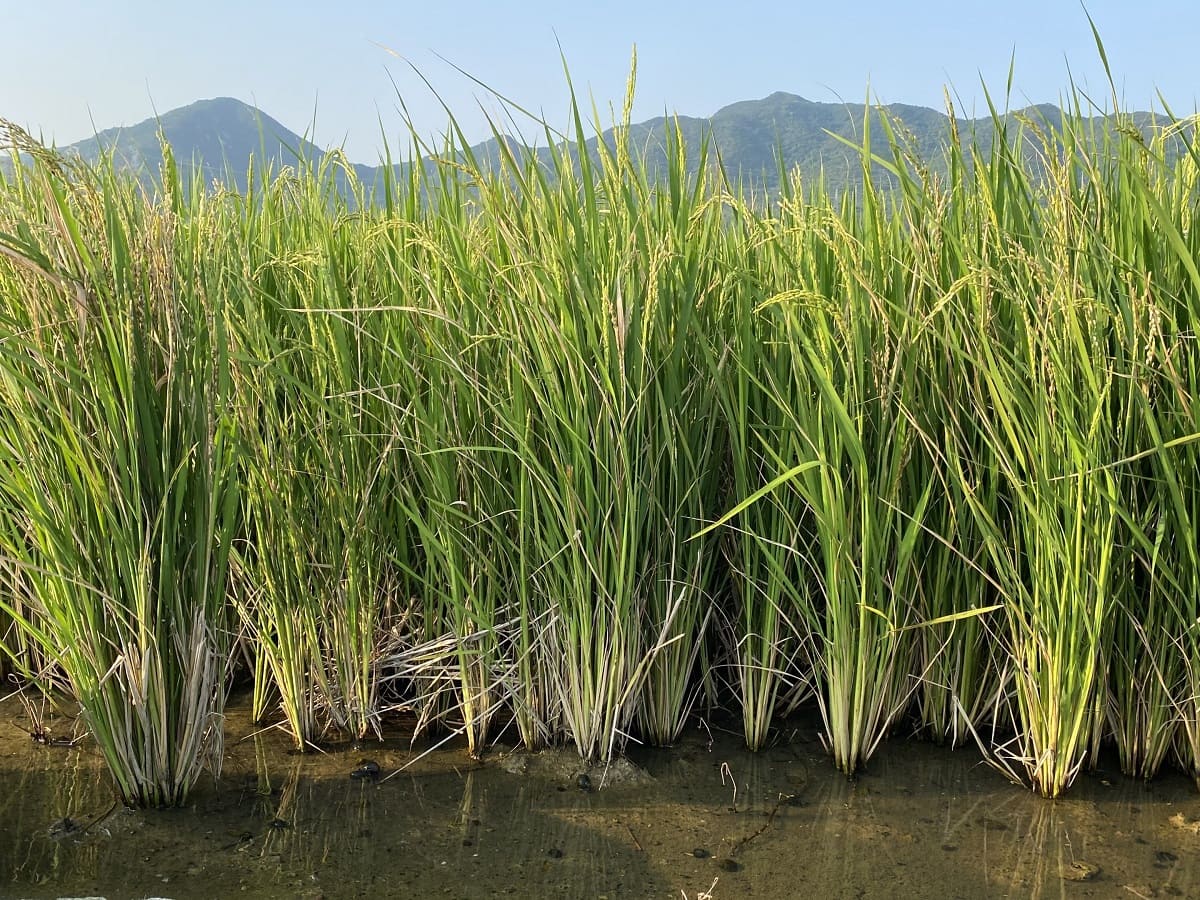
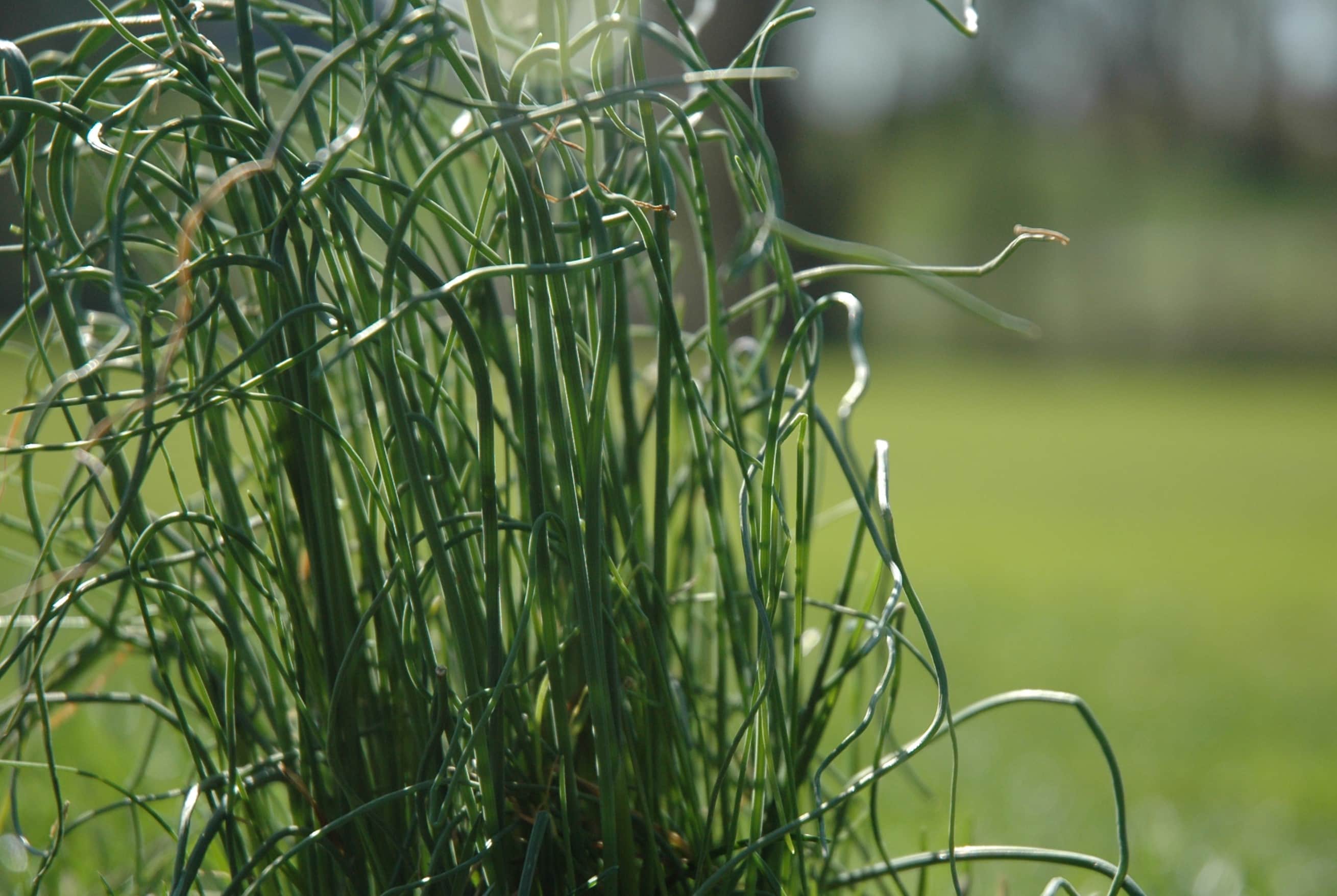
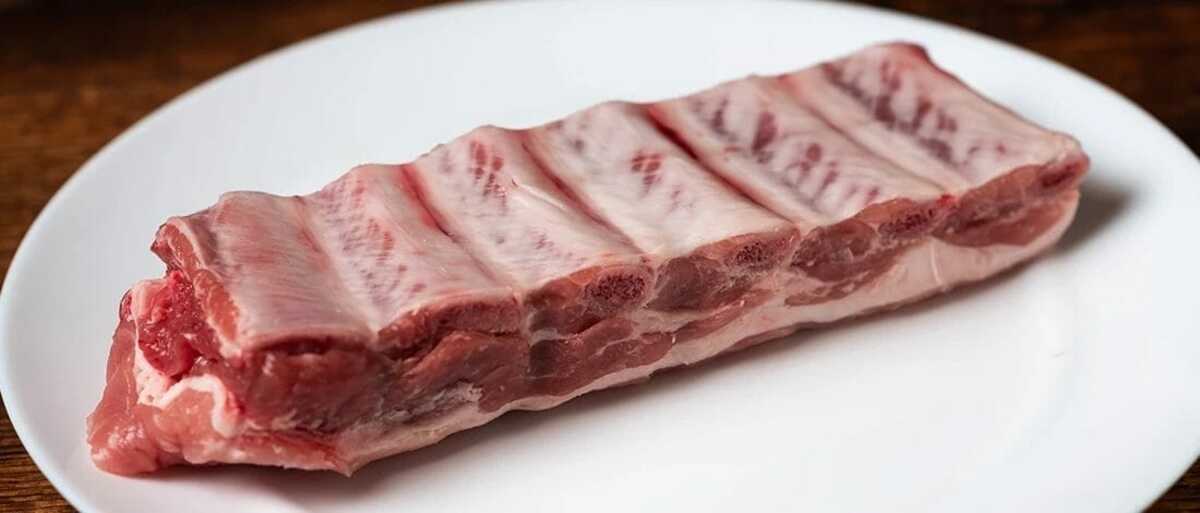
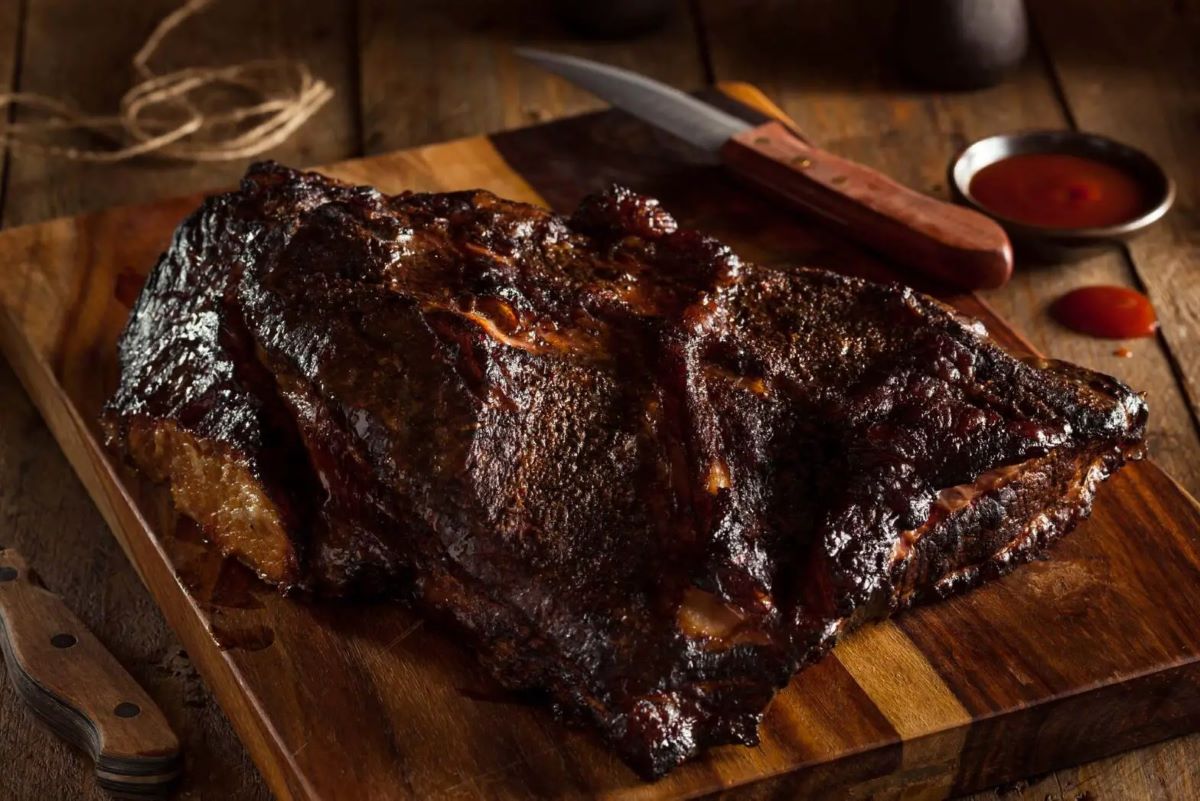
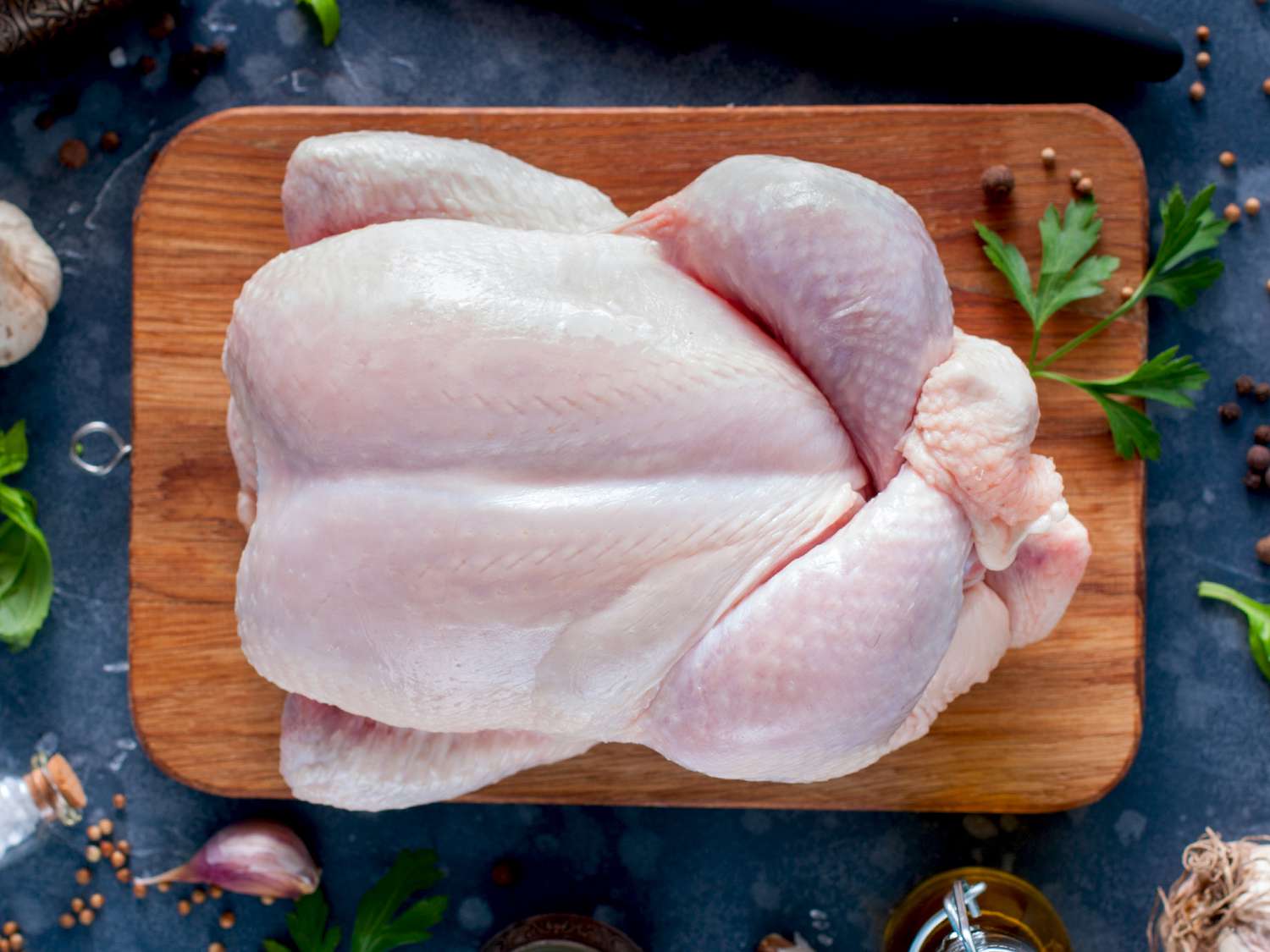
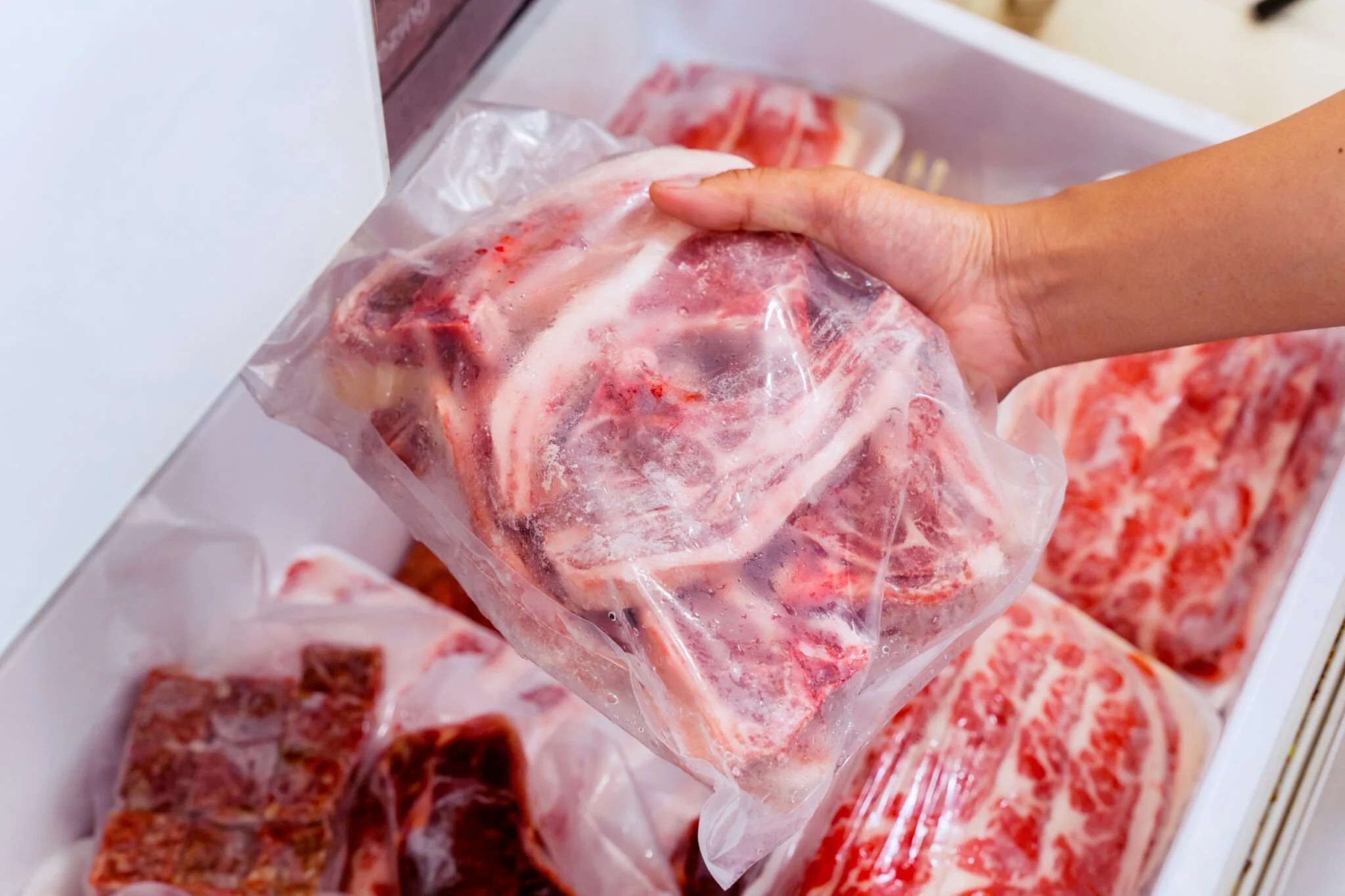
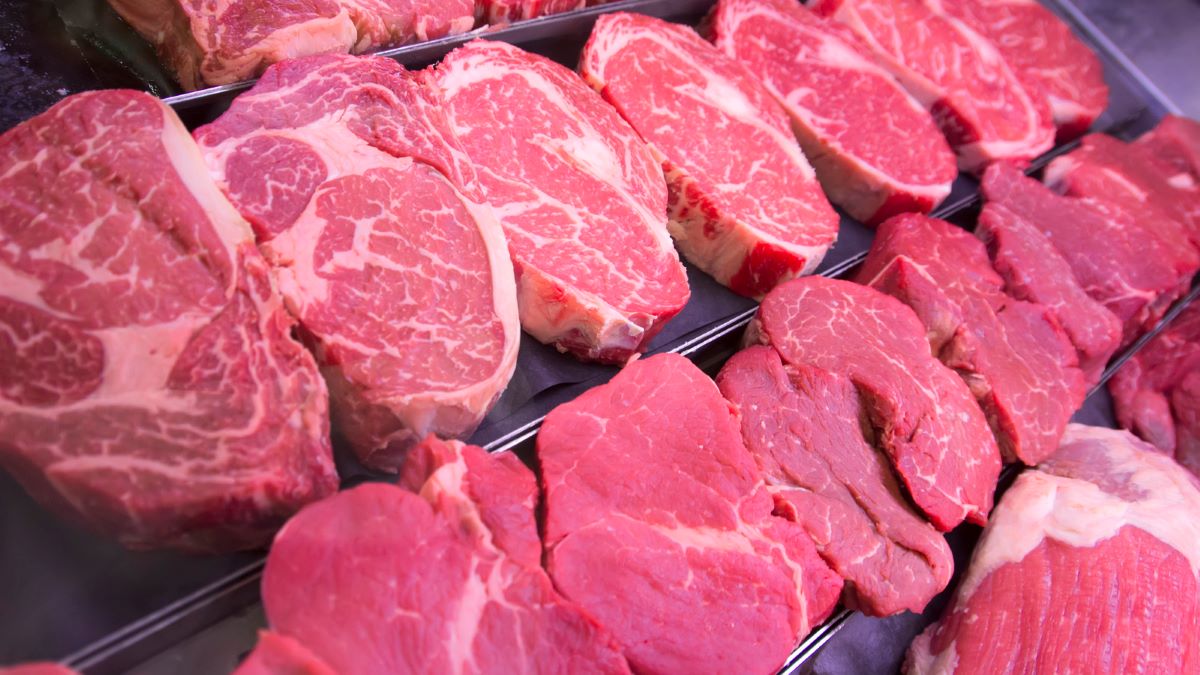

0 thoughts on “How To Store Meat In The Wild”